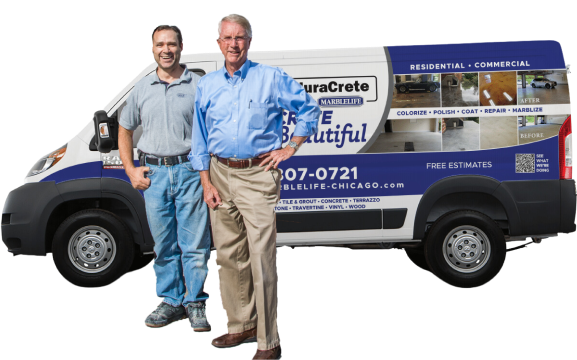How Does Weather Impact Concrete Surfaces?
Proper concrete floor care can make all the difference in keeping your surfaces stunning for years. MARBLELIFE pros know just how to protect concrete surfaces from wear, whether indoors or out. Let’s ensure your floors stay as beautiful as the day they were installed! In addition to their aesthetic appeal, concrete floors offer exceptional durability […]
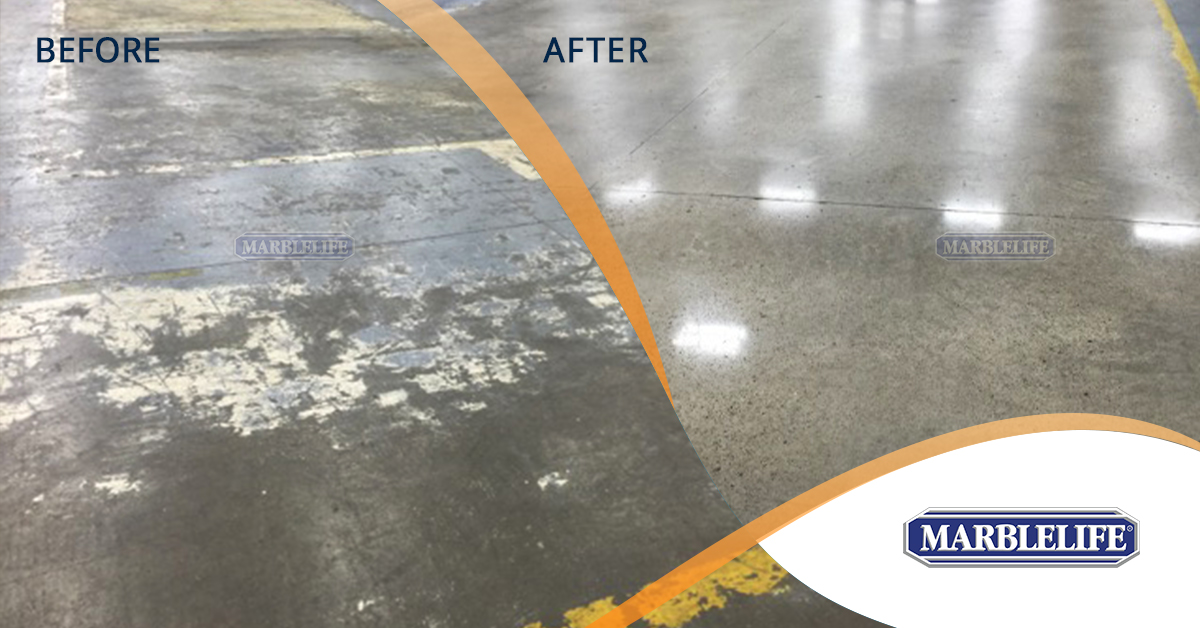

Proper concrete floor care can make all the difference in keeping your surfaces stunning for years. MARBLELIFE pros know just how to protect concrete surfaces from wear, whether indoors or out. Let’s ensure your floors stay as beautiful as the day they were installed!
In addition to their aesthetic appeal, concrete floors offer exceptional durability and require minimal maintenance, making them a wise long-term investment for any property. However, it’s important to note that even with their low maintenance nature, some care is essential to ensure their long-term quality appearance, especially for exterior surfaces.
When living in areas that experience freezing temperatures or high humidity, you must take specific considerations to protect concrete surfaces from weather-related damage.
Freezing temperatures: Concrete surfaces require special attention in climates that experience freezing temperatures. The freeze-thaw cycle can be particularly detrimental. When water trapped in the concrete freezes, it expands, exerting pressure on the concrete. This pressure can lead to cracks, spalling, or even the “popping” of the concrete surface. Additionally, exposure to salt and de-icing chemicals can cause corrosion in the concrete rebar, leading to staining and further damage.
It is crucial to properly fix and seal concrete surfaces to mitigate the effects of freezing temperatures. Applying a high-quality sealer helps to minimize moisture penetration and protects the concrete from the damaging effects of freeze-thaw cycles. You must conduct regular inspections and maintenance to promptly address any cracks or damage.
High humidity: Concrete surfaces are susceptible to moisture-related issues in environments with high humidity. Excessive moisture can lead to mold growth, affecting the appearance and posing potential health risks. Mold can cause discoloration and give concrete surfaces a blackened appearance.
Proper ventilation prevents mold growth and protects concrete surfaces in high-humidity conditions. Ensuring adequate airflow and reducing moisture buildup can help maintain the integrity and appearance of concrete. Regular cleaning with appropriate products can also help inhibit mold growth.
Following proper maintenance practices for concrete surfaces is essential regardless of the weather conditions. These practices include regular cleaning, sealing, and prompt repairs to minimize the potential damage caused by weather elements.
How does weather affect concrete?
Weather can take a toll on concrete, especially through the freeze-thaw cycle. When water seeps into unsealed concrete or porous stone surfaces and freezes, it expands—think about how ice floats! That expansion creates pressure inside, leading to cracks, spalling, or a pitted, pockmarked look. For folks north of the Mason-Dixon line where freezing temps are common, sealing your exterior concrete driveways and sidewalks is a must to keep water out. If ignored, this can seriously damage your concrete, but MARBLELIFE pros can help with expert sealing solutions to keep your surfaces safe and looking great!
Also, an unsealed concrete surface readily absorbs water from rain or sprinkler systems, causing it to darken. However, a sealed surface allows water to run off, preventing absorption. It is advisable to turn off sprinkler systems before cold snaps and winterize them to protect against freezing, as water-filled pipes can rupture. The worst scenario is when rain turns into snow and ice later in the evening, creating unfavorable conditions for untreated concrete.

Downspouts that concentrate water and deliver it forcefully onto the concrete surface can significantly increase the risk of damage below them.
The good news is that this damage is easily avoidable by applying a MARBLELIFE concrete sealer. Once sealed, the water absorption process halts, as the water cannot soak into the concrete driveways. It is important to note that this process needs to be repeated, especially if you have been using acidic or masonry cleaners on your concrete. Acidic cleaners can damage and remove sealers, leaving your concrete unprotected. Therefore, choosing non-acidic cleaners is crucial to protecting your sealed concrete. Over time, acid rain can similarly impact the seal, mainly when concentrated under downspouts where the flow is intensified.
Efflorescence
Efflorescence refers to the migration of salts to the surface of a porous material, where it forms a coating. You can recognize it by the appearance of a white, salty mark on the floor, which remains after the water recedes and the concrete or tile dries. To trace the water source, you can use a moisture meter to analyze moisture readings on the floor when noticing a salt line.

Efflorescence happens when groundwater tries to evaporate into the air by sneaking through your interior concrete floors. You’ll often see this in basements, garage driveways, or ground floors, especially in areas with high water tables. Heavy rain, flooding, or even a sneaky leak from a sprinkler system or pipe can raise the water level beneath your floor, pushing vapor—and dissolved salts—up through the concrete. MARBLELIFE pros can help tackle this issue and keep your floors looking spotless!
When water evaporates from the ground through your concrete floors, it brings along dissolved salts that can show up as a dusty salt layer on the surface. As the water level drops, those salts settle throughout the concrete, from the bottom all the way to the top of the slab. Once the salt recrystallizes, it expands, creating enough internal pressure to make the top layer of stone or concrete pop off. MARBLELIFE can help you tackle this issue with expert care to keep your floors in top shape!
Some Common Methods to Protect Concrete
Surface protection of concrete flooring is necessary to safeguard it from the effects of climatic changes. You can adopt various practices to mitigate the negative impact on concrete surfaces.
- Penetrating Sealers: This is the most critical and easiest way to protect concrete surfaces from pitting damage caused by absorbed water during freezing temperatures.
External concrete is primarily vulnerable to weather and rain because it is not sealed or requires resealing. Additionally, kitchen countertops made from concrete are prone to stains from oil, coffee, tea, and water spills, which can result in surface damage and water absorption.
Applying a sealer to concrete surfaces can help protect them from moisture, salt, and other environmental elements that try to penetrate from the top down. However, it does little to prevent efflorescence from the bottom-up, which relies on the presence of a moisture vapor barrier installed during floor construction. - Coatings or Topical Sealers: Coatings are often ideal over sealers on concrete surfaces with scarring, crack or chip damage, repairs, or stains. Coatings resist water attack from above, but they may lift if water comes up from below due to persistently high-water vapor pressure seeking an escape route. Applying a moisture vapor barrier coat before the final coating is advisable to address this.
- Coatings: Coatings can come in various chemistries depending on the conditions, application location, or desired properties.
- Epoxy: Epoxy coatings are popular for their durability and chemical resistance. They are commonly used to protect floors in industrial and commercial settings while enhancing their appearance. Epoxy coatings are also widely used as Garage Chip Coatings.

- Polyaspartic: The garage floor industry increasingly uses polyaspartic coatings due to their fast-curing properties, superior UV resistance, and excellent hot tire resistance.
- Silicone: Silicone coatings offer superior anti-slip performance, excellent UV resistance, and mold and mildew resistance due to their inorganic nature.
- Polyurethane: Polyurethane coatings are another popular choice for concrete surfaces. They are often used in industrial settings and are known for their durability and chemical resistance.
- Acrylic: Acrylic coatings are a cost-effective option for coating concrete surfaces. While they may be less durable than epoxy or polyurethane, they can improve the appearance of concrete surfaces and provide water resistance.

- Filling joints & cracks: If you need to refurbish a concrete floor, the first step is to repair any pits, cracks, or areas of spalling to create a smooth and uniform surface free of trip hazards. If aesthetics are important, consider hiring a professional who can not only fill the gaps but also blend colors and textures to complement the rest of the floor. Remember, the final appearance of the floor reflects the quality of repairs.
- Surface treatments: Applying surface treatments such as garage coatings, marbleized floors, anti-graffiti coatings, or slip-resistant coatings can help protect concrete surfaces from wear and tear.
- Regular maintenance: Proper and regular maintenance of concrete surfaces can help maintain their appearance over the years. Regular cleaning can prevent the accumulation of moss, algae, dirt, and other debris over time.
- Pressure washing: If debris and dust have built up on concrete surfaces, hiring professionals for pressure washing is recommended. Pressure washing is an effective process to remove debris, and a professional concrete floor cleaning service can help eliminate moss and debris.
- Stain removal: Concrete walkways are exposed to external factors, including foot traffic. While sealing protects against stains, it is important to promptly remove oil, grease, petrol, and other stains to prevent permanent damage. Use alkaline degreasers to remove oil and grease stains, and avoid using salt and other chemicals to de-ice the driveway, as they can weaken the concrete structures.
- Surface covering: Cover the concrete surface with a shelter or canopy to minimize direct exposure to sun and rain.
- Avoid harmful chemicals: Concrete is durable, but certain chemicals should be avoided, such as calcium chloride, sodium chloride, magnesium chloride, magnesium acetate, and magnesium nitrate.
- Incorporate pigments: Adding pigments to the concrete mix can provide consistent color throughout, making it ideal for floors that will experience heavy wear and tear, where coatings could wear out due to heavy equipment.
Why Should You Hire a Professional Concrete Floor Polishing, Repair, Coating or Installation Service?
Concrete surfaces are loved for their durability, strength, and sleek, modern vibe that needs just a little upkeep to stay stunning. Whether it’s floors, walkways, patios, or countertops, regular care and cleaning can keep your concrete looking gorgeous for years. But here’s the catch—getting those results starts with proper installation and maintenance.
Installing, polishing, and coating concrete takes special skills, tools, and know-how, often requiring different experts for each step. It’d be great to find one pro who can do it all, but that’s pretty rare, so you’ll likely need specialists for installation, polishing, and coating to get it just right.
Picking the right pros is key to avoiding damage and getting the best results for your concrete surfaces. With so many companies out there claiming to be “the best” at concrete maintenance, it can feel overwhelming to choose.
That’s where MARBLELIFE comes in! We’re a trusted name in concrete floor restoration and maintenance, offering top-notch products and services across the United States. Our skilled team handles everything—concrete floor polishing, repair, coating, and installation—with the expertise and precision your project deserves. Let MARBLELIFE make your concrete shine!
Factors to Consider
When selecting a concrete floor modification service for your residential or commercial property, it’s essential to consider the following factors:
Industrial Experience
Look for a service provider with a deep understanding of the chemistry and sciences involved in the process. They should be able to analyze the floor, assess the environmental factors, and consider how it will be used and maintained.
Experience and Expertise
Choose a vendor with considerable experience in the field. Their past experiences and lessons learned from mistakes can contribute to better planning and execution of your project. Be cautious when dealing with remote bids or relying solely on images, as on-site assessments are crucial to accounting for external factors like downspouts and sprinklers.
Value Comparison
Price should not be the sole determining factor. While DIY garage floor paint may seem cost-effective, it may not withstand heavy traffic. Consider the long-term value and durability of the materials used. Polyaspartic coatings, for example, offer superior resistance to hot tire damage and UV performance, making them a better investment despite being more expensive than epoxy coatings.
Confidence in Performance
When sealing exterior surfaces, ensure the vendor covers all areas and stands behind their product. A reputable company with a track record of reliability and longevity is preferable.
Testimonials and Reviews
Read reviews, testimonials, and social media posts to gauge customer satisfaction and the vendor’s level of activity in the industry. Positive feedback from past customers can give you confidence in their work.
Portfolio Review
Take the time to review the company’s portfolio and examine its previous projects. Most reputable concrete floor service providers will highlight their work on their websites, giving you an idea of their capabilities and the quality of their craftsmanship.
Licenses and Certifications
Verify that the company holds the licenses and certifications required by federal and state authorities to operate legally. Working with a licensed and insured company ensures compliance with regulations and provides peace of mind.
Conclusion
Let’s wrap up—caring for your concrete surfaces is key to helping them stand up to tough environmental challenges. Sure, concrete is tough, but it still needs a little love to last a lifetime.
In areas with freeze-thaw cycles or high humidity, make sure your concrete is ready to handle the conditions. Regular cleaning, sealing, and upkeep are musts to keep it in great shape—skip these, and you might end up with mold, damage, or pricey repairs.
For outdoor concrete, sealing is a game-changer. It guards against moisture, freeze-thaw issues, and other weather woes, adding an extra layer of protection to make your concrete last longer.
When cleaning, steer clear of acidic solutions unless you’re planning to reseal right after. Acidic cleaners can strip away the sealant, leaving your concrete exposed to damage. Instead, go for gentle, concrete-safe cleaners that keep its strength intact.
Stick to these tips and stay proactive, and your concrete surfaces will stay durable and good-looking for years to come!


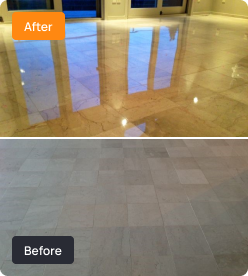
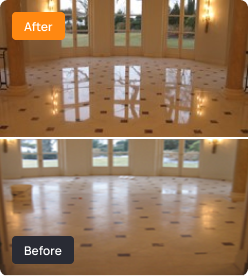
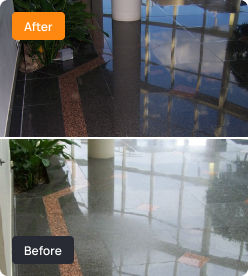
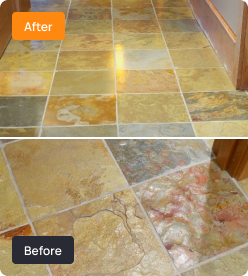
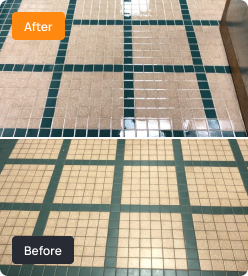
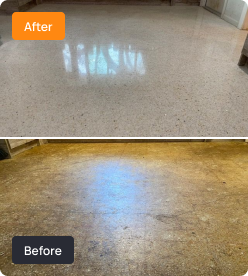
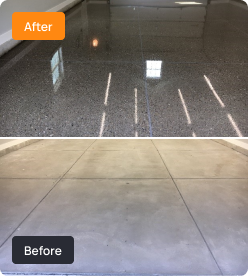
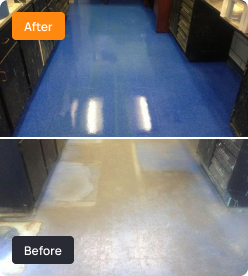
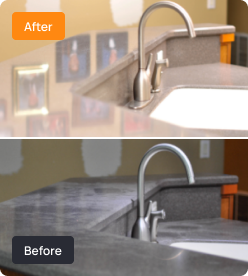
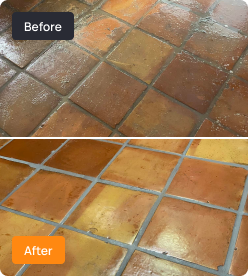
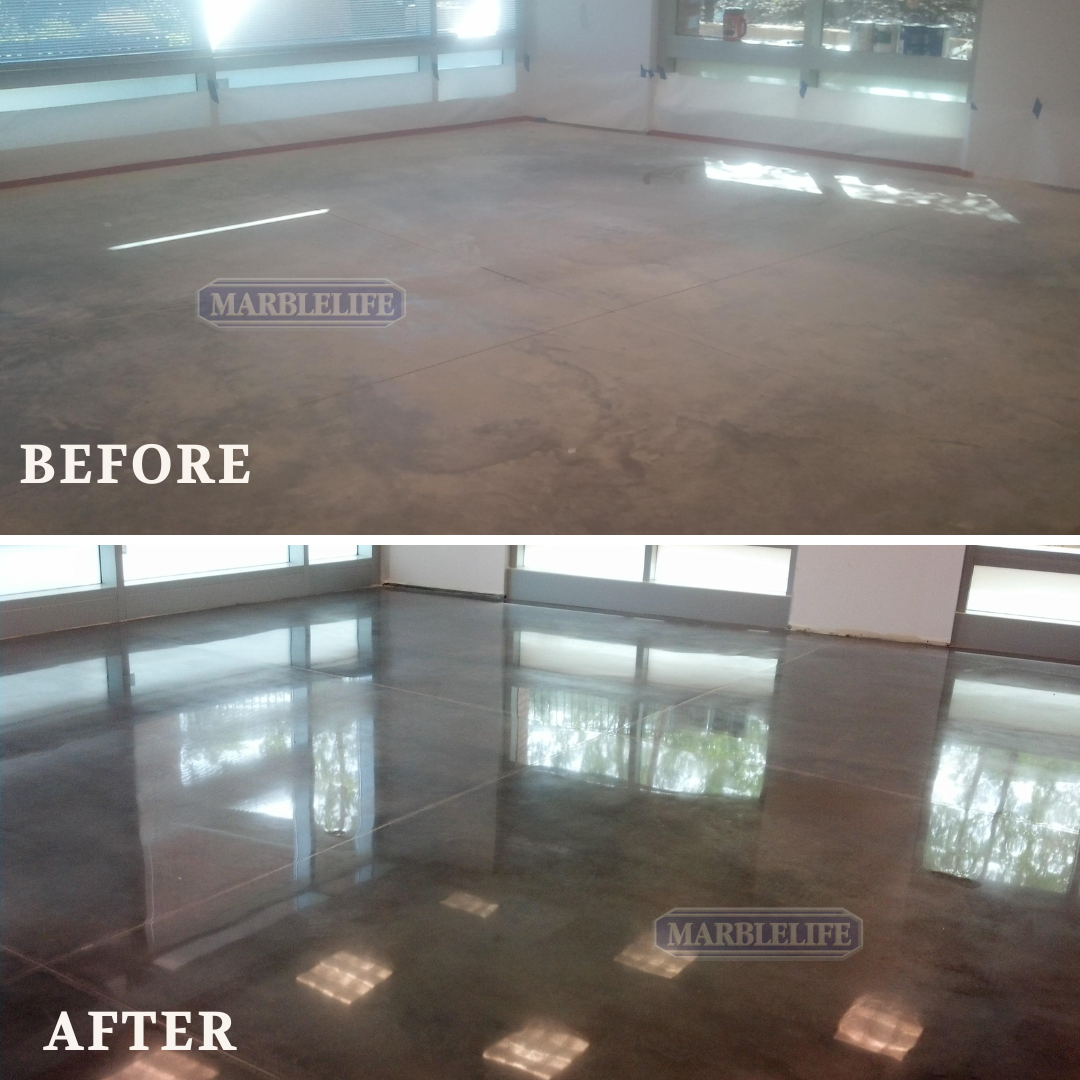
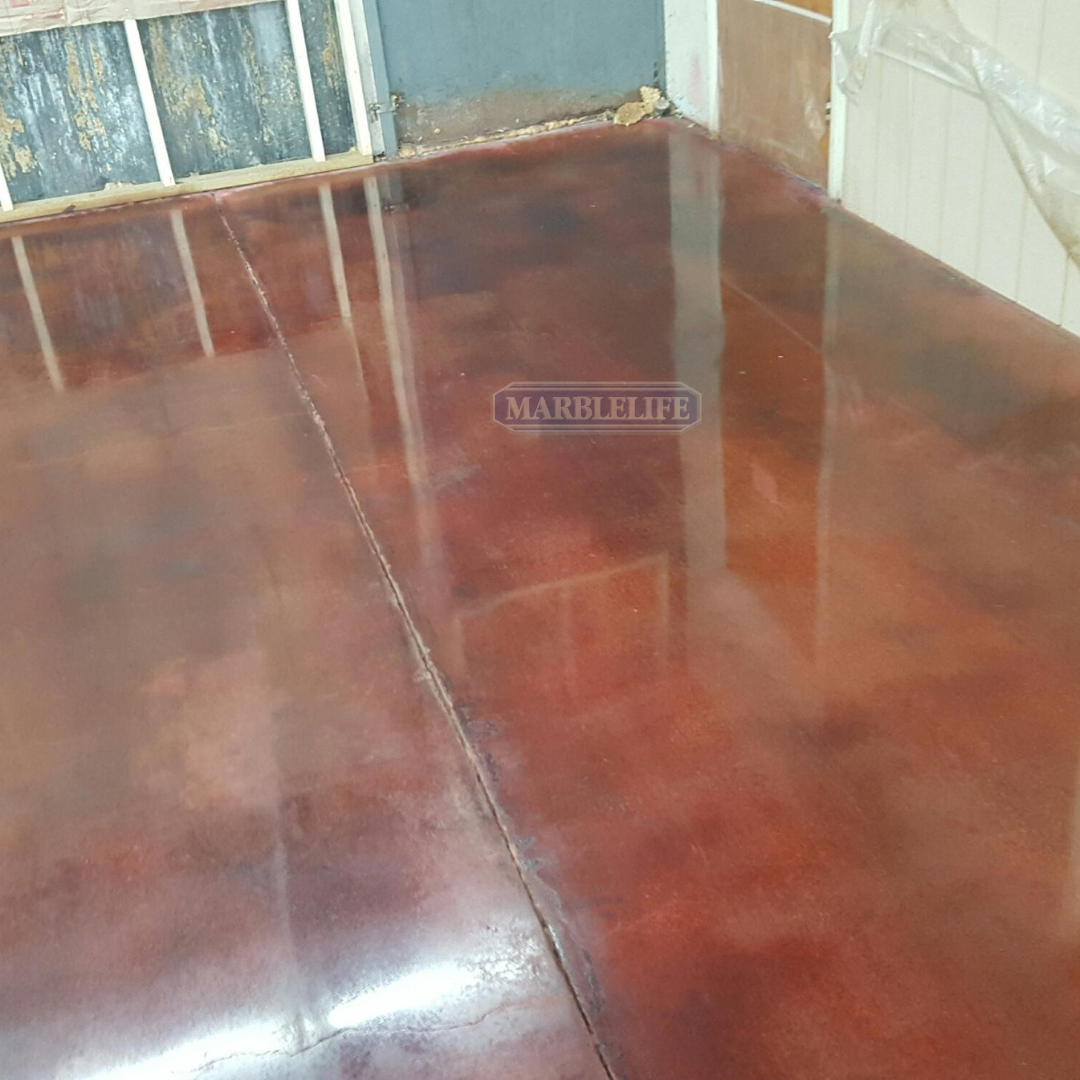 Courtesy - MARBLELIFE
Courtesy - MARBLELIFE
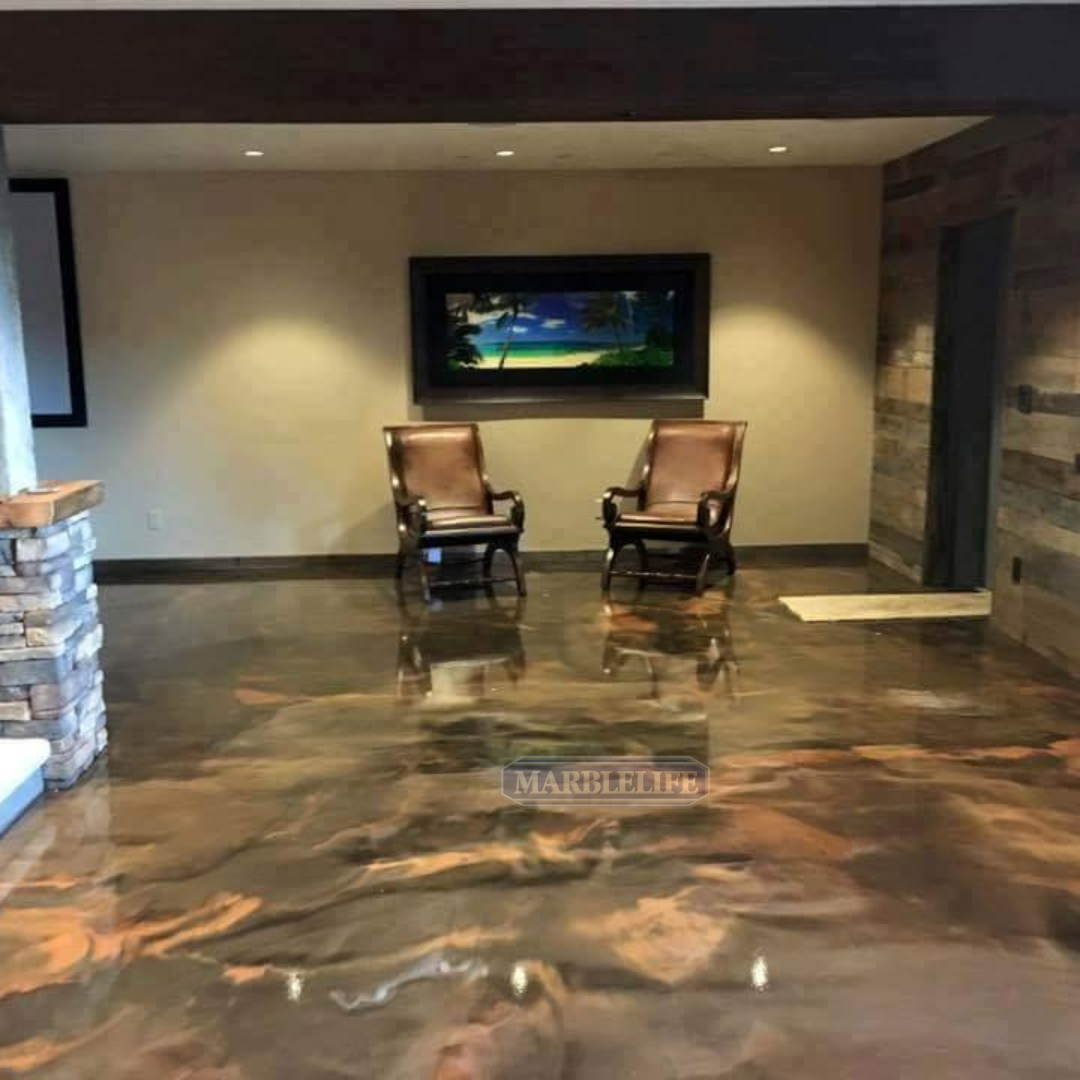 MARBLELIFE-ENDURACRETE Marbleized Coatings – Courtesy MARBLELIFE - ST LOUIS[/caption]
MARBLELIFE-ENDURACRETE Marbleized Coatings – Courtesy MARBLELIFE - ST LOUIS[/caption]
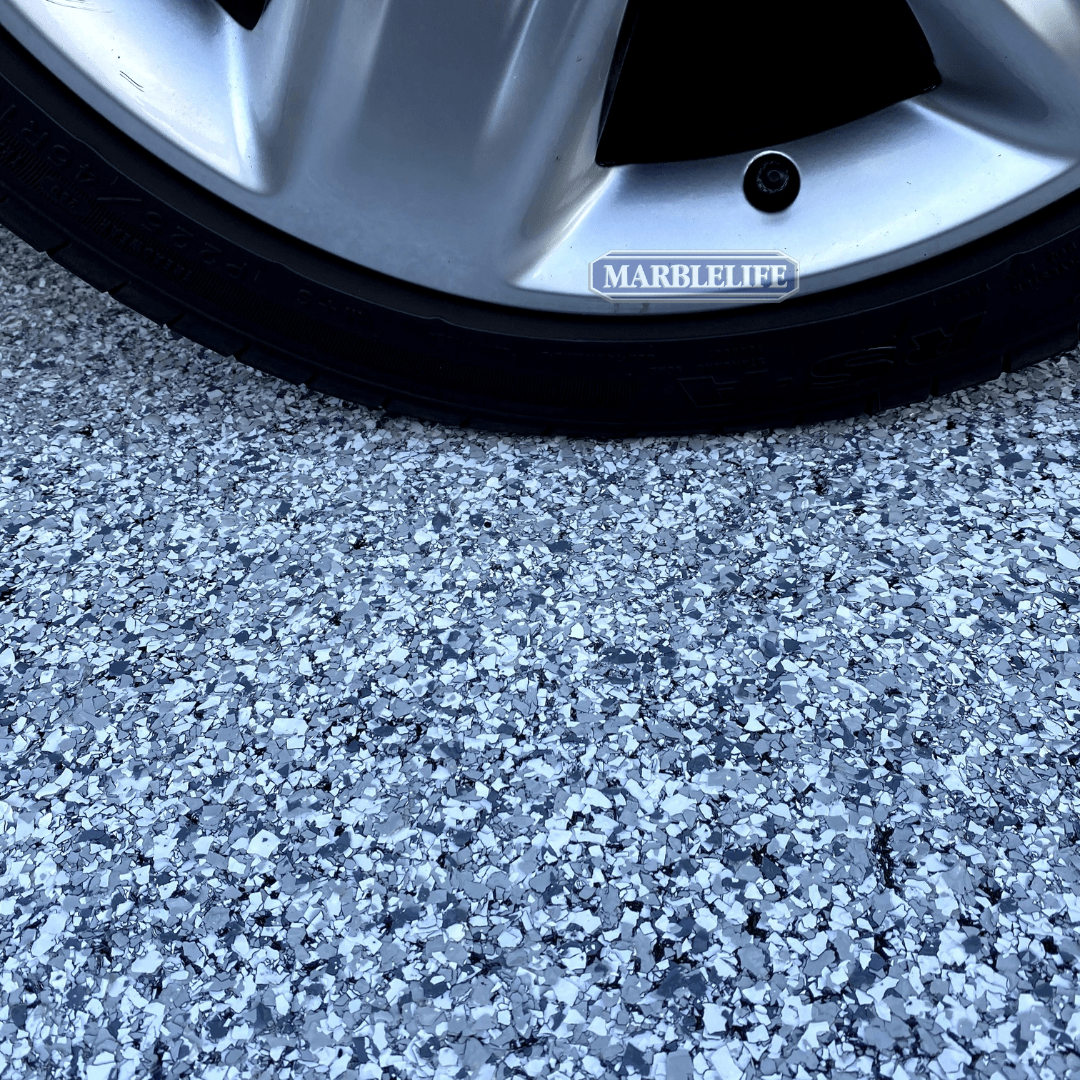 MARBLELIFE ENDURACRETE ENDURACHIP Garage Floor Coatings – Courtesy MARBLELIFE, INC[/caption]
MARBLELIFE ENDURACRETE ENDURACHIP Garage Floor Coatings – Courtesy MARBLELIFE, INC[/caption]
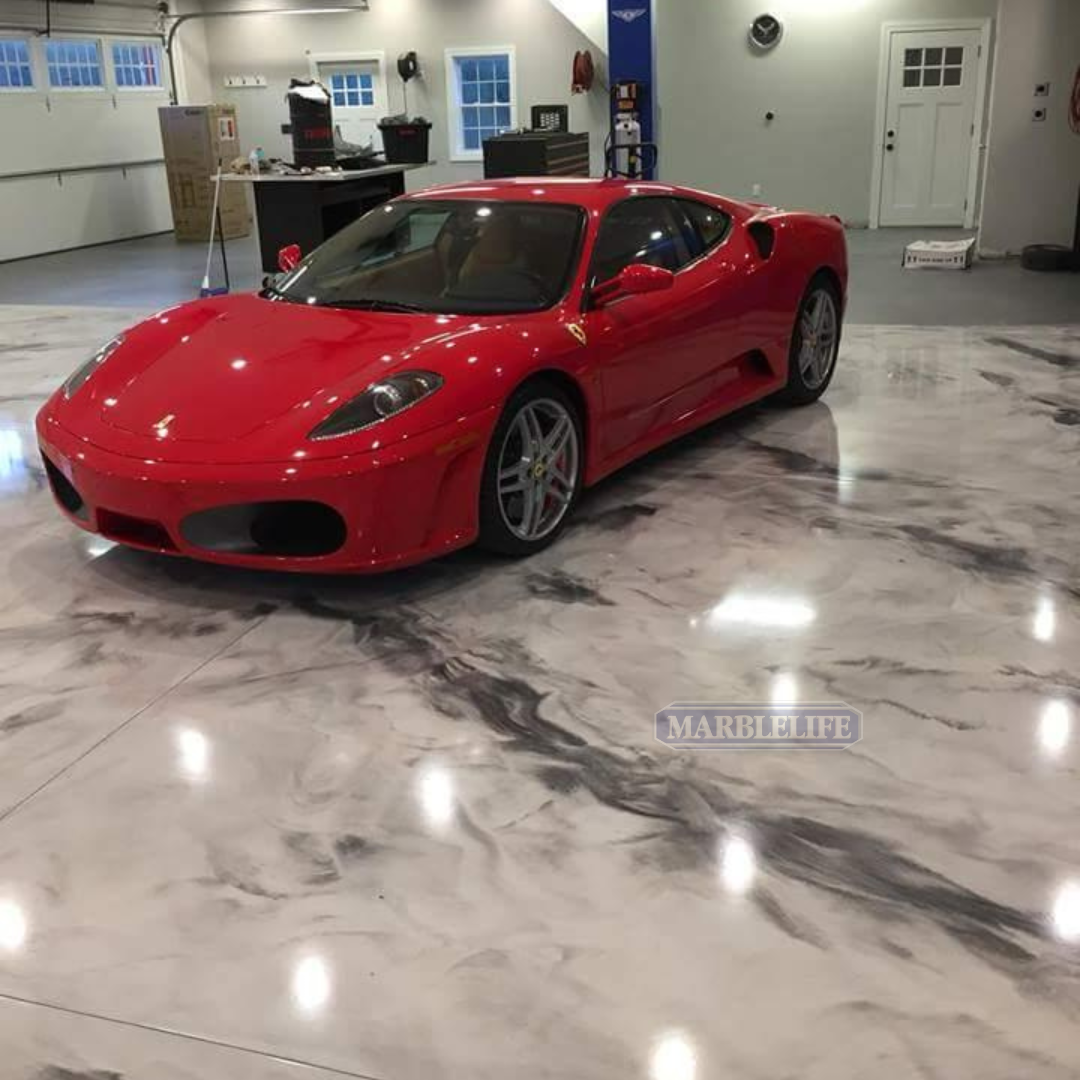 MARBLELIFE-ENDURACRETE-Marbleized-Coatings-Courtesy-MARBLELIFE - ST.-LOUIS[/caption]
MARBLELIFE-ENDURACRETE-Marbleized-Coatings-Courtesy-MARBLELIFE - ST.-LOUIS[/caption]
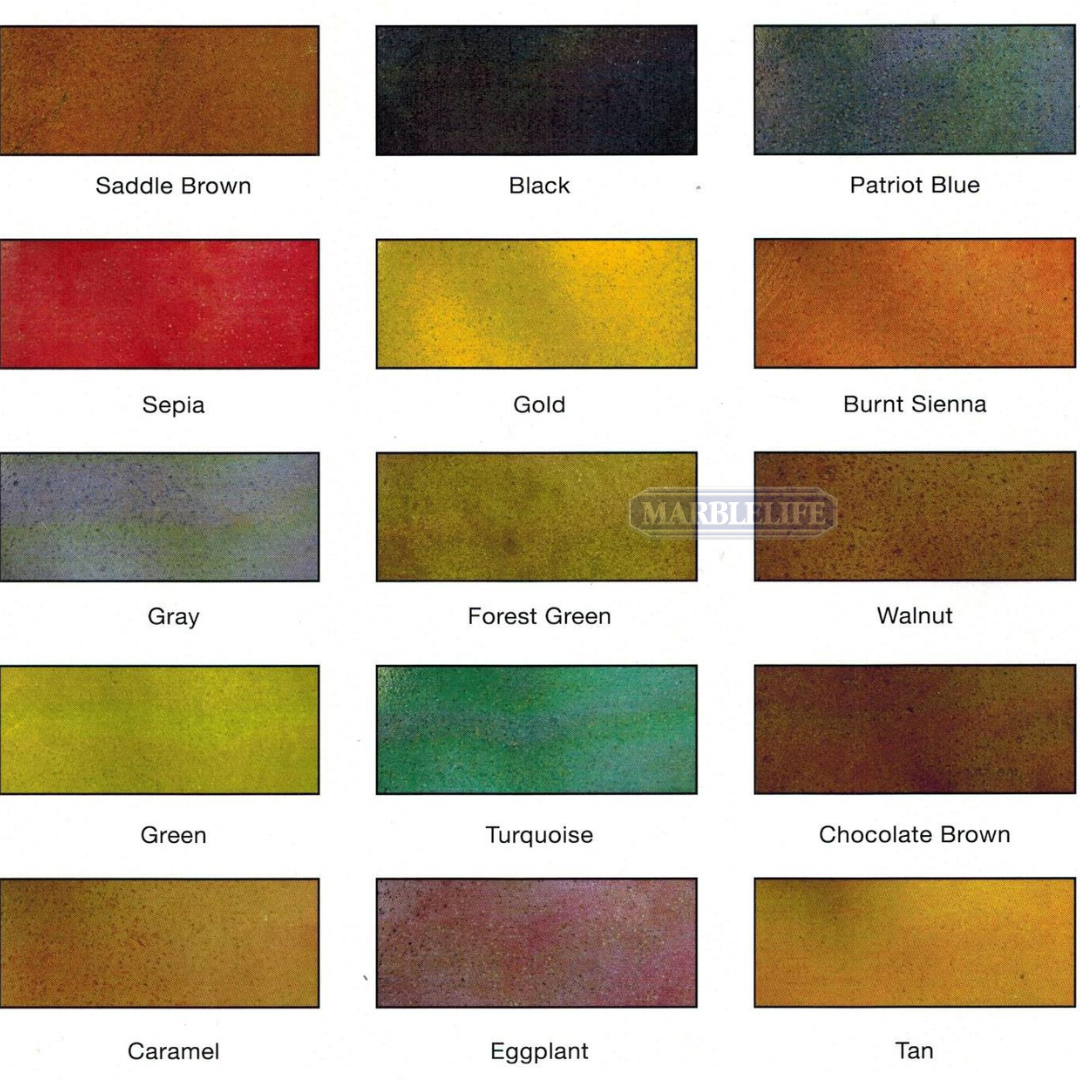 Concrete Stain Color Palette[/caption]
Concrete Stain Color Palette[/caption]
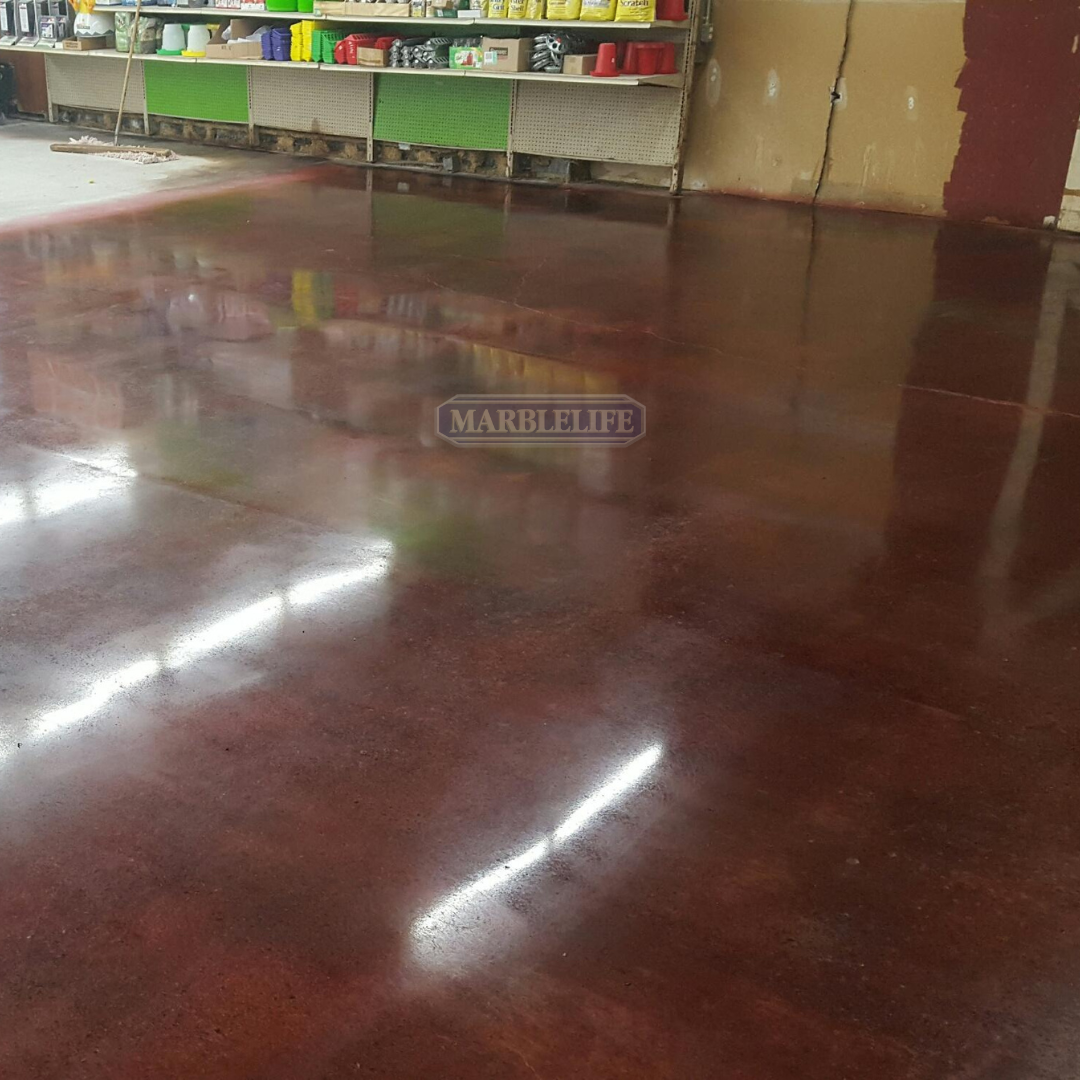 Concrete Floor Staining by MARBLELIFE[/caption]
Concrete Floor Staining by MARBLELIFE[/caption]
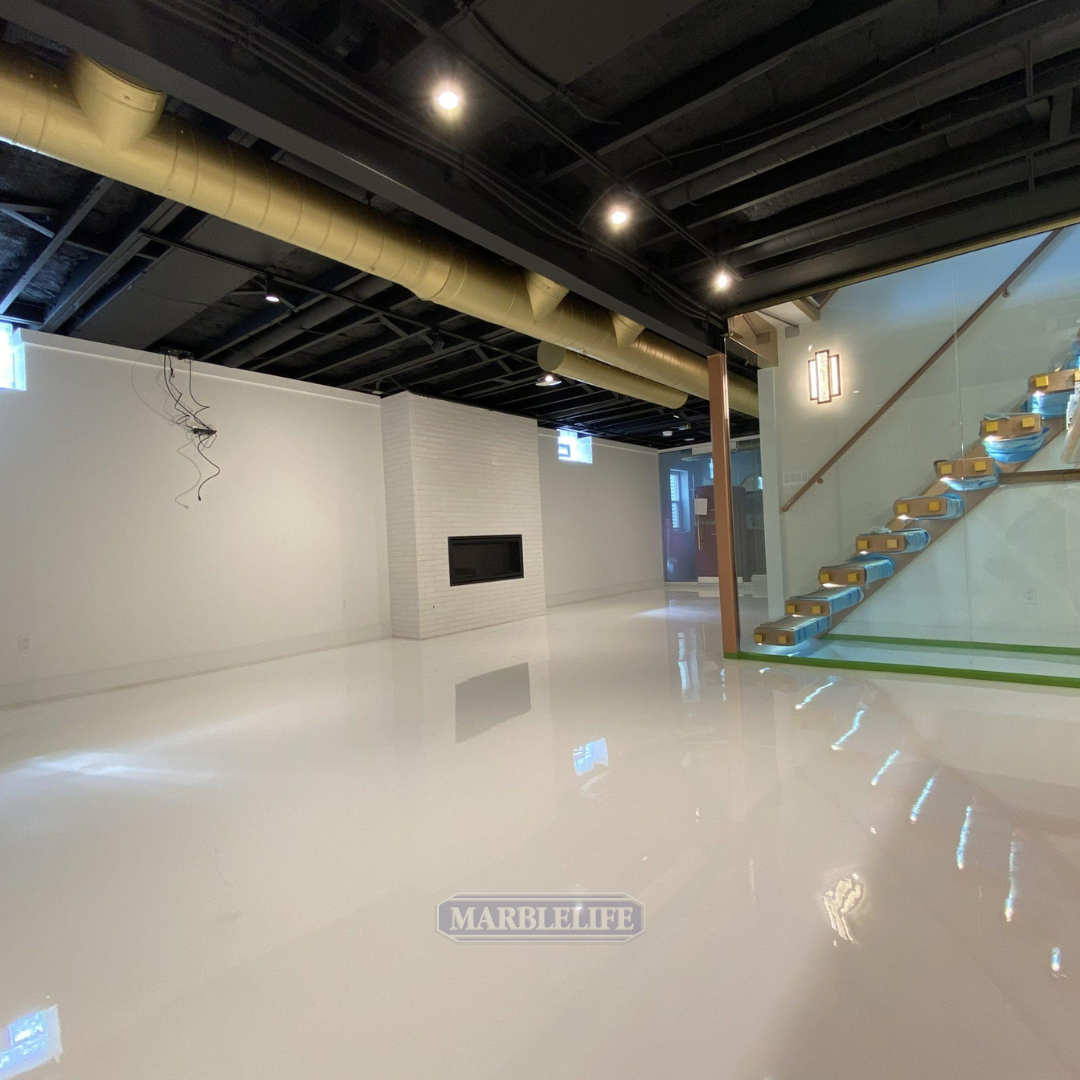 MARBLELIFE-ENDURACRETE Opaque Metallic Concrete Coatings[/caption]
MARBLELIFE-ENDURACRETE Opaque Metallic Concrete Coatings[/caption]
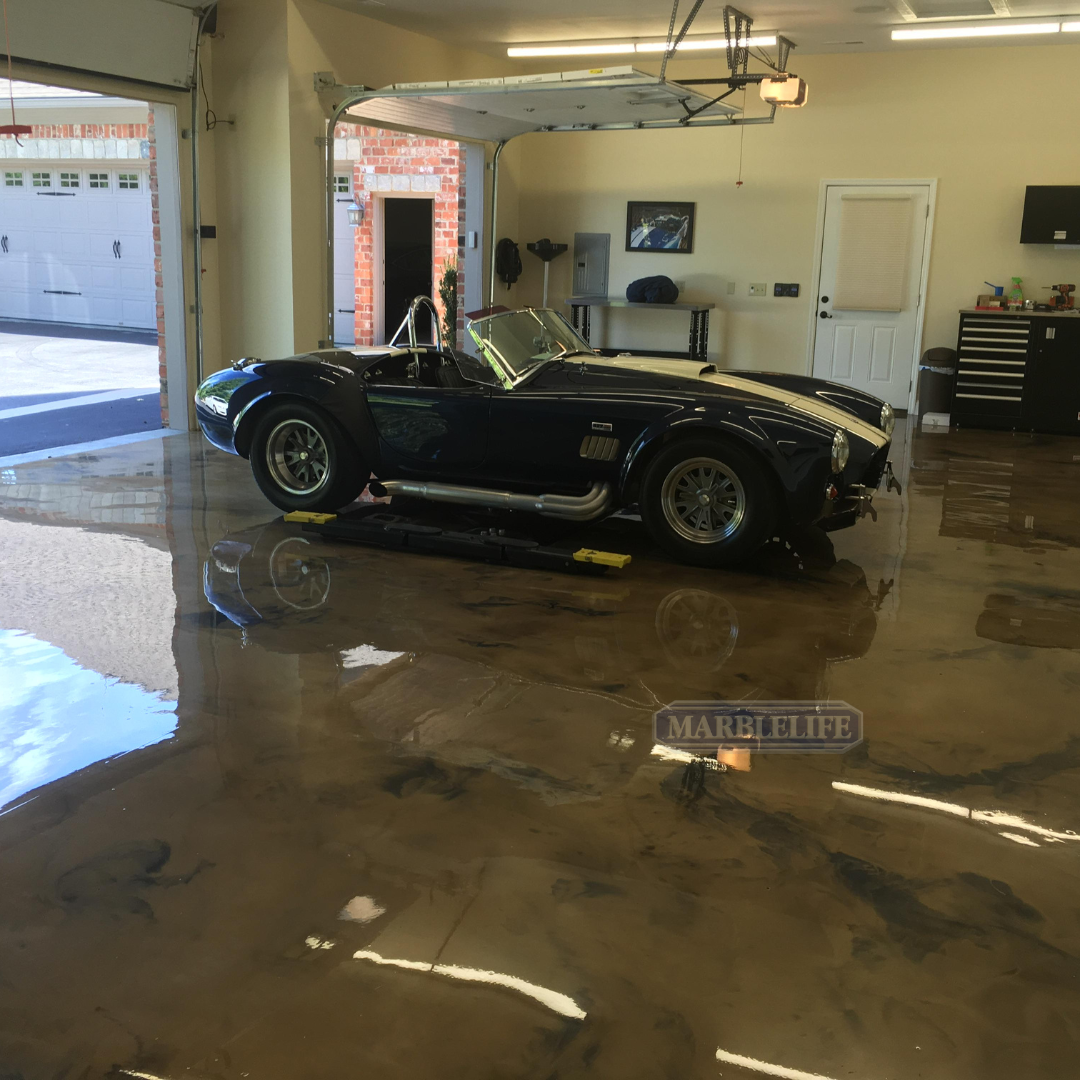 MARBLELIFE-ENDURACRETE-Marbelized-Coatings-–-Courtesy-MARBLELIFE-ST-LOUIS[/caption]
MARBLELIFE-ENDURACRETE-Marbelized-Coatings-–-Courtesy-MARBLELIFE-ST-LOUIS[/caption]
